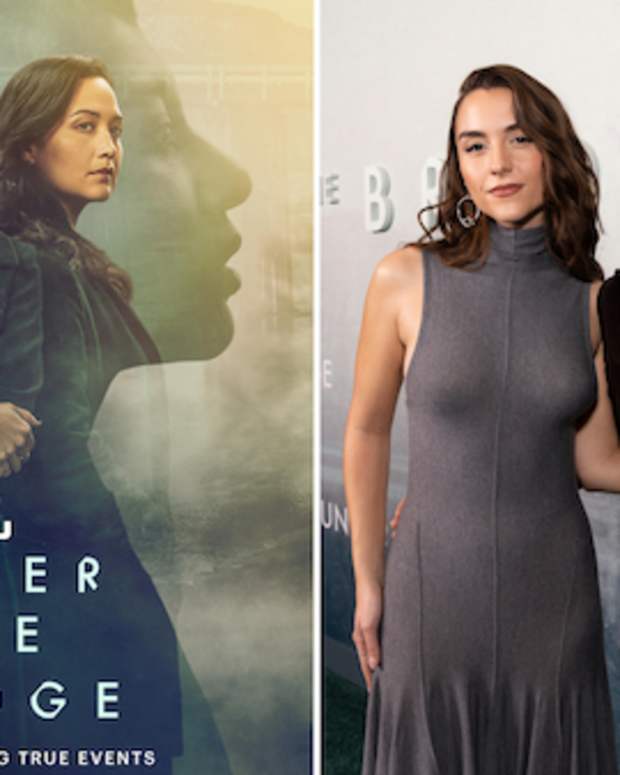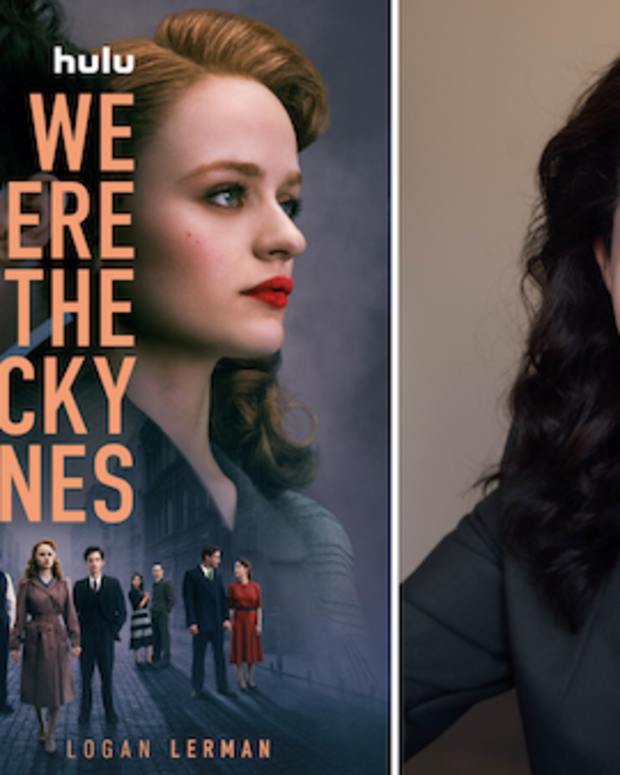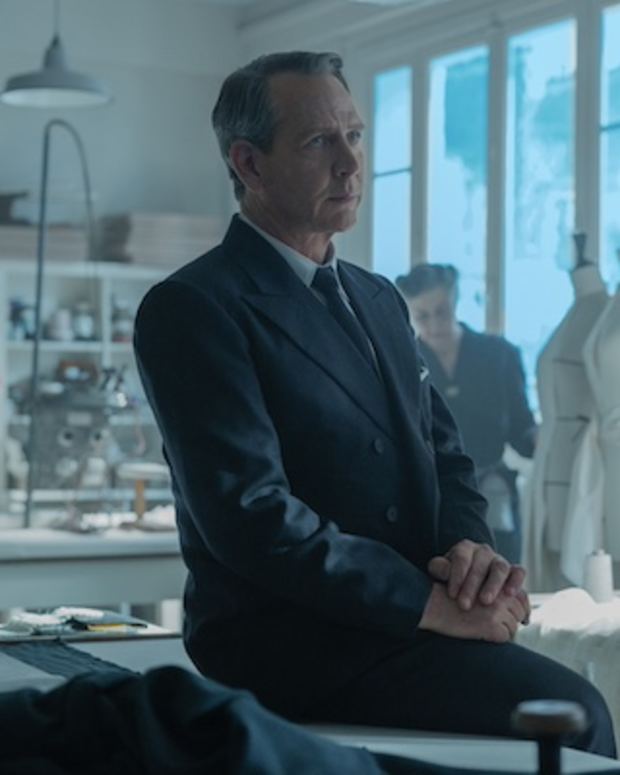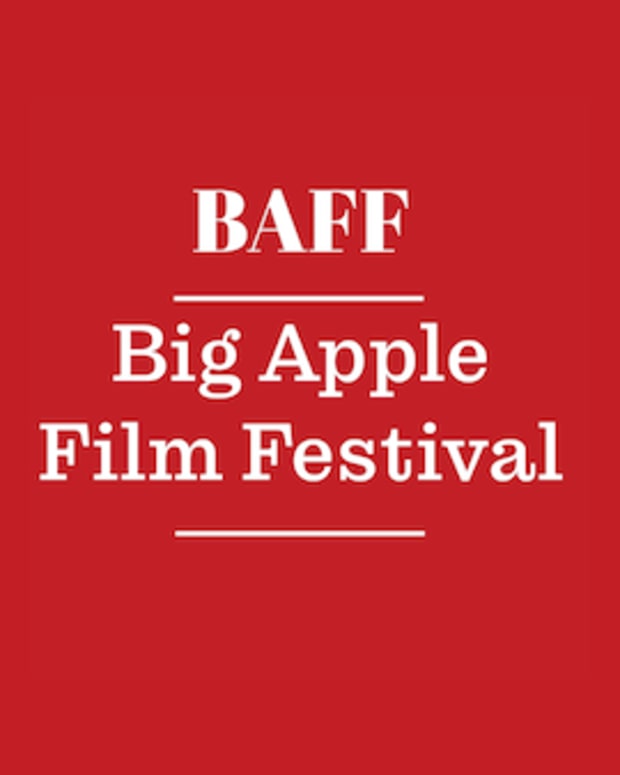June Mathis: An Eye for Talent
Though she wrote over 100 films in the Silent Era and was a founding member of the Academy of Motion Picture Arts and Sciences, June Mathis appears in film history books (when she does) as a writer-producer with an eye for talent in that she gave both Buster Keaton and Rudolph Valentino their debuts on film.
She came to film from an early career as a child in vaudeville, despite suffering from undiagnosed heart issues. Born as June Hughes in 1887 in Leadville, Colorado there was no father listed and the child would later take Mathis, the last name of her stepfather, as her own.
Mathis took the move from performing to writing seriously and created her own education in story by immersing herself in great literature from Shakespeare to De Maupassant. She used those lessons in her future screenplays such as the staging of the Romeo and Juliet-esque balcony scene between Juan and Carmen in Blood and Sand (1922).
[Contract or No Contract, Bess Meredyth Made Movie Magic]
To earn a studio contract Mathis had entered a scenario contest. Though she didn’t win, her work attracted attention and in 1915, she was offered a position at Metro Pictures. Mathis climbed the ranks quickly, and after just two years was made head of the Scenario department, making her the first female film executive in history.
By 1918, Mathis found herself producing, casting, writing and editing, becoming one of the most powerful women in Hollywood. Her ability to adapt critically acclaimed novels and plays was quickly demonstrated in a string of revolutionary films: The Four Horseman of the Apocalypse (1921), Blood and Sand (1922), The Saphead (1920) and Camille (1921).
Before that, however, her eye for talent gave silent comedian star, Buster Keaton his feature length debut in the comedy The Saphead (1920), one of a handful of comedies she adapted (from the play The Henrietta by Bronson Howard and Victor Mapes). The next talent Mathis found, developed and nurtured became film’s first superstar –Rudolph Valentino, an Italian-American whom she cast in her anti-war sensation, The Four Horseman of the Apocalypse. Based on the Bible’s final book of Revelation, the final title states that only when love replaces hatred in men's hearts will the terrors of the four horsemen end.
[Jeanie MacPherson - The Genius Behind DeMille]
The film popularized the Argentinian dance, the tango, and proved that a dark-skinned actor, given the chance, was more than capable of carrying the weight of an American film. Mathis was involved in everything from writing the script, to casting, to editing the final product. It was her efforts in all these areas that introduced diversity in race, religion and sexuality to American audiences.

Rudolph Valentino as Julio Desnoyers in The Four Horsemen of the Apocalypse, Metro Pictures Corporation.
Mathis wrote five more leading roles for Valentino before he died too young, at the age of 31, in 1926. Funerals were held in both New York and California, drawing thousands of mourners, but because he died in debt, Mathis donated one of her family crypts at the Hollywood Forever cemetery to him. Mathis had married director Sylvano Balboni, whom she met on the set of her film Ben Hur three years earlier. Yet when she, too, died a year later, from the heart issues that had plagued her all her life, she was laid to rest in the crypt beside Valentino. While the tourists who visit his grave regularly recognize his name, they are woefully uninformed about the life of the woman who made that possible.












